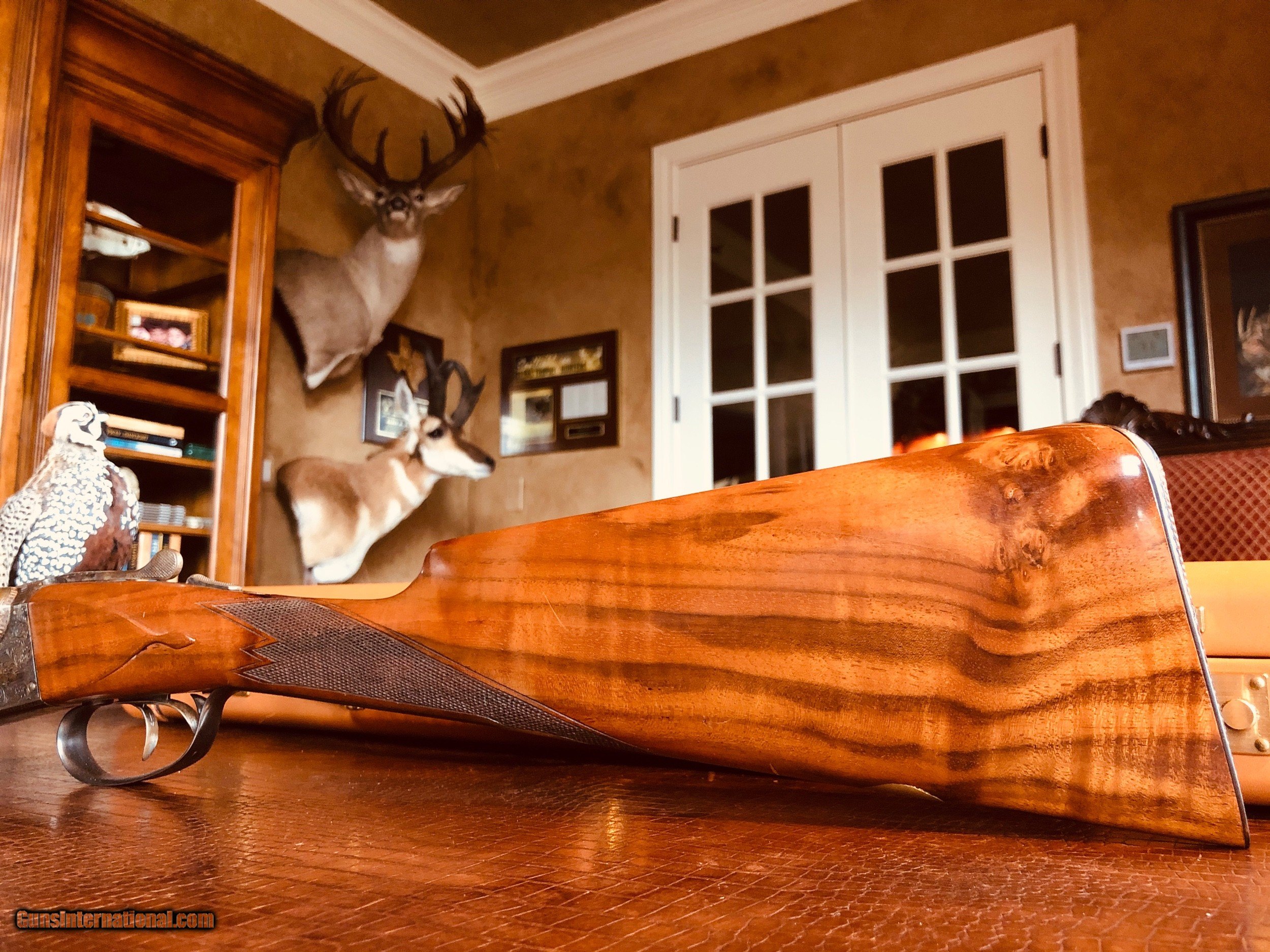

|a 72 pages : |b color illustrations |c 29 cm. |a Eyewitness skeleton / |c written by Steve Parker. |a OCO |b eng |c OCO |d OCLCQ |d DLC |d CAW |d QBX |d OCL |d BAKER |d BTCTA |d XY4 |d YDXCP |d OCLCA |d XY4 |d KZV |d CO3 |d BDX |d OCLCO |d OCLCA |d OCLCF |d OCLCO |d OCLCQ |d GILDS |d JDP |d OCLCO |d OCL |d CPS |d OCLCO And much, much more!ĭiscusses the evolution, structure and function of the human and animal skeletal systems. Discover which are the smallest bones in the human body, why some creatures wear their skeletons on the outside and what animal once owned the oldest bones ever found on Earth. Learn how bones mend themselves when they break, why half the bones in your body are in your hands and feet, how many toes a horse has and what has happened to the tail you once had. See the 206 different bones in the human body, how your skull differs from a lion's or a chimp's, how teeth grow, and what each one is for, and what the inside of a bone looks like. Comparisons are drawn with the bones of birds, reptiles, amphibians, fish, insects, and mammals. It examines in detail the construction of the skull, spine and rib cage, hands, arms, legs, and feet.

Starting with the human skeleton, it explains how each set of bones functions. Eyewitness Skeleton brings its complexity and ingenuity of design vividly to life. It supports, moves, and protects, allowing us to walk, run, jump, and swim. New Look! Relaunched with new jackets and 8 pages of new text! The skeleton is the framework of the body. Discusses the evolution, structure and function of the human and animal skeletal systems.


 0 kommentar(er)
0 kommentar(er)
